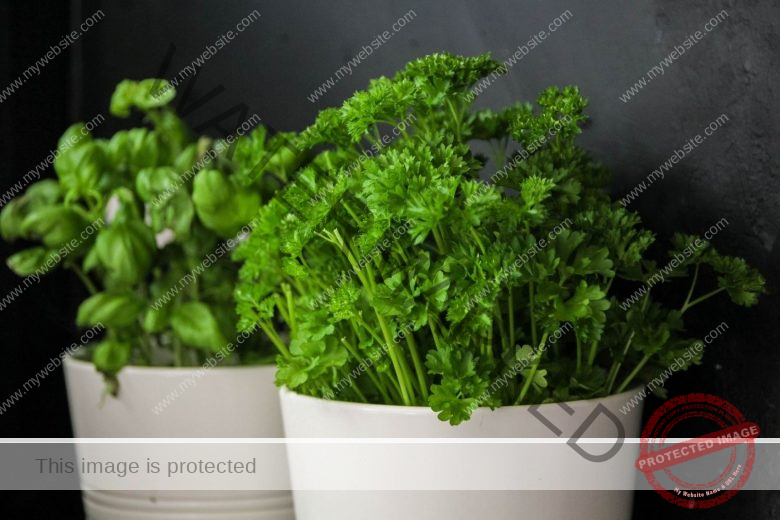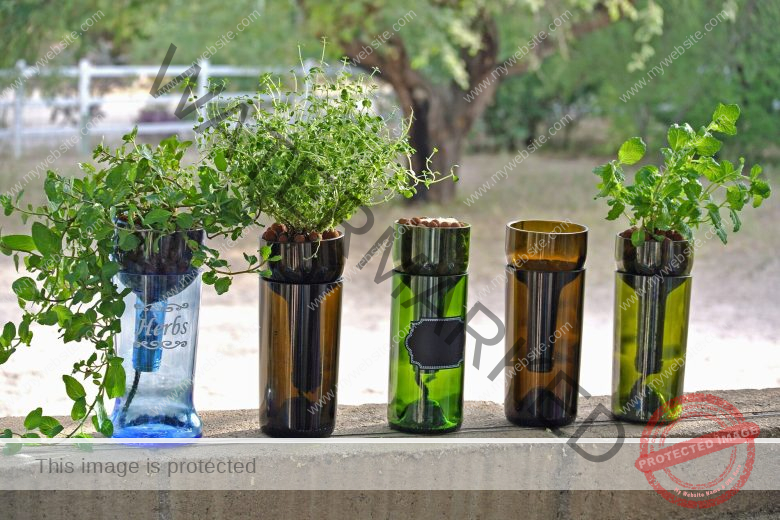Tomatoes are a versatile and highly nutritious vegetable that can be grown in a variety of environments, including during the dry season in Kenya. However, planting tomatoes in such conditions requires careful planning and specific techniques to ensure success.
In order to successfully grow tomatoes in the dry season in Kenya, it is important to take certain steps. First, it is important to select the right variety of tomato. Then, prepare the soil by adding compost and other organic matter and make sure it drains well. Plant the tomato seedlings in well-drained soil and in an area that receives at least six hours of direct sunlight each day.
Water the seedlings regularly, but do not overwater. Mulch around the seedlings to help retain moisture and provide additional nutrients. Lastly, be sure to provide support for the tomato plants as they grow. With proper care, tomatoes can be successfully grown in the dry season in Kenya.
We will also discuss common challenges that farmers may face when planting tomatoes during the dry season and offer solutions to help overcome them.
How to Plant Tomatoes in Dry Season in Kenya
Whether you are a seasoned farmer or new to agriculture, this guide will provide you with the knowledge and tools you need to grow healthy and productive tomato plants in Kenya’s dry season.
Read Also: [Beginners Guide] How to Plant Pepper in Dry Season in Kenya
Step 1 – Choose the right tomato varieties
To plant tomatoes in the dry season in Kenya, you need to select tomato varieties that are adapted to dry conditions and can withstand high temperatures.
Some of the best tomato varieties for dry season planting in Kenya include Anna F1, Rio Grande, Marglobe, and Money Maker.
Be sure to choose the variety that is best suited for the climate in your area.
Read Also: [Beginners Guide] How to Plant Onions in Dry Season in Kenya
Step 2 – Prepare The Soil
Before planting, you need to prepare the soil by removing any weeds and adding compost or manure to improve soil fertility.
You should also break up the soil to a depth of at least 30 cm to improve aeration and water penetration.
This will create a good foundation for your tomato plants to grow strong and healthy.
Step 3 – Create Raised Beds Or Ridges
If your area has poor drainage, you should create raised beds or ridges to improve soil drainage and prevent waterlogging.
This can help reduce the risk of root rot and other soil-borne diseases. Make sure to create the beds or ridges before planting your tomato seedlings.
Read Also: [Beginners Guide] How to Grow Spinach in Kenya
Step 4 – Plant The Tomato Seedlings
When planting your tomato seedlings, it’s important to do so in the late afternoon or early evening to avoid heat stress.
Dig a hole deep enough to cover the root ball and firm the soil around the plant. Seedlings should be spaced at least 60 cm apart to allow for proper air circulation and sunlight exposure.
Step 5 – Water The Plants Regularly And Deeply
During the dry season, it is important to water your tomato plants regularly and deeply. Use drip irrigation or a watering can to avoid water wastage and ensure that your plants receive enough moisture.
Water your plants early in the morning or late in the afternoon to reduce water loss due to evaporation.
Read Also: [Beginners Guide] How to Grow Vanilla in Kenya
Step 6 – Mulch around the Plants
Mulching around your tomato plants can help retain moisture in the soil and suppress weed growth. Use organic mulch such as straw, leaves, or grass clippings to help keep the soil cool and moist.
Mulching can also help prevent soil erosion and protect your plants from extreme temperatures.
Step 7 – Monitor the Plants for Pests and Diseases
Tomato plants are susceptible to a variety of pests and diseases, especially during the dry season. Monitor your plants regularly and take appropriate measures to control any pest or disease outbreaks.
Early detection and treatment can help prevent damage to your plants and ensure a healthy harvest.
Read Also: [Beginners Guide] How To Grow Okra In Kenya
Step 8 – Stake or Trellis the Plants
As your tomato plants grow, they may become top-heavy and fall over. To prevent this, stake or trellis your plants to support their growth and keep them upright.
This can also help improve air circulation around your plants and reduce the risk of disease.
Step 9 – Harvest
Tomatoes should be harvested when they are ripe and stored properly to extend their shelf life. Handle the fruit carefully to avoid bruising or damaging it, and store it in a cool, dry place away from direct sunlight. This will ensure that you can enjoy your fresh, homegrown tomatoes for longer.
Read Also: [Beginners Guide] How to Grow Grapes in Kenya
Benefits of Planting Tomatoes in Dry Season in Kenya
#1. Higher Prices
During the dry season, tomato prices are usually higher due to reduced supply, making it a profitable venture for farmers.
#2. Lower Pest Pressure
Dry season planting can reduce the incidence of some tomato pests such as blight and nematodes.
Read Also: [Beginners Guide] How to Grow Pineapple in Kenya
#3. More Control Over Irrigation
Planting tomatoes in the dry season allows farmers to have more control over irrigation, ensuring plants receive adequate water.
#4. Reduced Competition
There is usually less competition in the dry season for resources such as land and labor, making it easier to establish a tomato farm.
#5. Increased Yield
By using best practices, such as drip irrigation and mulching, tomato plants grown in the dry season can produce higher yields compared to those planted in the rainy season.
Read Also: How To Start Tomatoes Farming Kenya [Beginners Guide]
Challenges of Planting Tomatoes in Dry Season in Kenya
- High input costs: Irrigation, fertilizers, and pest control are required for dry season farming, making it more expensive compared to farming in the rainy season.
- Limited water availability: Water scarcity can be a major challenge during the dry season, making it difficult to keep plants well-watered.
- Hot temperatures: High temperatures during the dry season can stress tomato plants and reduce yield.
- Increased pest pressure: Some pests, such as spider mites and whiteflies, thrive in hot and dry conditions and can cause significant damage to tomato crops.
- Poor soil quality: In some areas, soil quality can be poor, which can limit tomato growth and yield.
Read Also: [Tips & Tricks] How To Start Rice Farming In Kenya
Best Practices of Planting Tomatoes in Dry Season in Kenya
- Use drip irrigation to conserve water and reduce wastage.
- Plant varieties adapted to dry conditions, such as Anna F1 and Rio Grande.
- Prepare the soil well, including adding compost or manure to improve soil fertility.
- Mulch around the plants to reduce water loss and suppress weed growth.
- Monitor for pests and diseases regularly, and take appropriate measures to control outbreaks.
Read Also: [Beginners Guide Pdf] How To Grow Onions In Kenya
Common Diseases and Pests of Tomatoes Plants in Kenya
- Bacterial wilt: A bacterial disease that causes wilting and death of the plant.
- Early blight: A fungal disease that causes leaf spots and defoliation.
- Late blight: A fungal disease that affects leaves, stems, and fruits, causing rotting and decay.
- Spider mites: Tiny arachnids that suck the sap from tomato leaves, causing yellowing and stunted growth.
- Whiteflies: Small insects that suck sap from leaves, transmit viruses, and cause yellowing and defoliation.
Read Also: [Beginners Guide] How To Grow Pepper In Kenya
How much is Tomatoes Sold in Kenya
The price of tomatoes in Kenya varies depending on the location, time of year, and quality of the tomatoes. On average, tomatoes are sold for between Ksh 40 and Ksh 100 per kilogram.
Is Tomatoes Farming Profitable in Kenya
Tomato farming can be profitable in Kenya, especially if best practices are used, and the crop is grown in the dry season when prices are higher.
However, profitability depends on several factors, including input costs, yield, market prices, and pest and disease control.
Varieties of Tomatoes in Kenya
#1. Money Maker
An indeterminate variety that is adaptable to a range of growing conditions and produces high yields of medium-sized fruit.
#2. Rio Grande
A determinate variety that produces large, meaty fruit and is resistant to some common tomato diseases.
#3. Marglobe
An indeterminate variety that produces large, juicy fruit and is resistant to verticillium wilt.
Tomatoes Farming In Kenya per Acre
The cost of farming tomatoes per acre in Kenya varies depending on several factors, such as the location, input costs, and labor costs.
On average, it can cost between Ksh 50,000 and Ksh 100,000 to farm tomatoes on one acre.
Modern Tomato Farming Techniques
Modern tomato farming techniques in Kenya include the use of drip irrigation, greenhouses, and hybrid tomato varieties. Other techniques include crop rotation, soil testing, integrated pest management, and use of organic fertilizers.
Tomato Farming In Kenya PDF
There are many resources available online in PDF format that provide information on tomato farming in Kenya. These resources include guides on best practices for tomato farming, pest and disease control, and market trends.
Best Month To Sell Tomatoes Kenya
The best month to sell tomatoes in Kenya depends on several factors, such as the location and demand. However, generally, the best time to sell tomatoes in Kenya is from November to February when tomato prices are highest due to limited supply.
Open Field Tomato Farming In Kenya PDF
Open field tomato farming is a traditional method of tomato farming in Kenya that involves planting tomatoes in open fields without the use of greenhouses.
There are many resources available in PDF format that provide information on best practices for open field tomato farming in Kenya, including pest and disease control and irrigation techniques.
Tomato Growing Areas in Kenya
Tomatoes are grown in many regions of Kenya, including Meru, Embu, Nakuru, Kirinyaga, and Kiambu. The most significant tomato producing areas in Kenya are the Rift Valley and Central regions.
Tomato Production in Kenya
Tomato production in Kenya is a significant contributor to the economy, providing employment and income to thousands of small-scale farmers.
The country produces over 400,000 metric tons of tomatoes annually, with the majority of production coming from smallholder farmers.
Successful Tomato Farmers in Kenya
Some successful tomato farmers in Kenya include Daniel Kinyua, who farms tomatoes using modern techniques such as greenhouses and drip irrigation, and has increased his yield significantly.
Another successful tomato farmer is Julius Kiptarus, who uses integrated pest management to control pests and diseases on his farm and has increased his profits by reducing input costs.
Conclusion
Planting tomatoes in the dry season in Kenya requires careful planning and management. By using proper irrigation techniques, selecting appropriate tomato varieties, and ensuring good soil health, farmers can successfully grow tomatoes even in challenging conditions.





